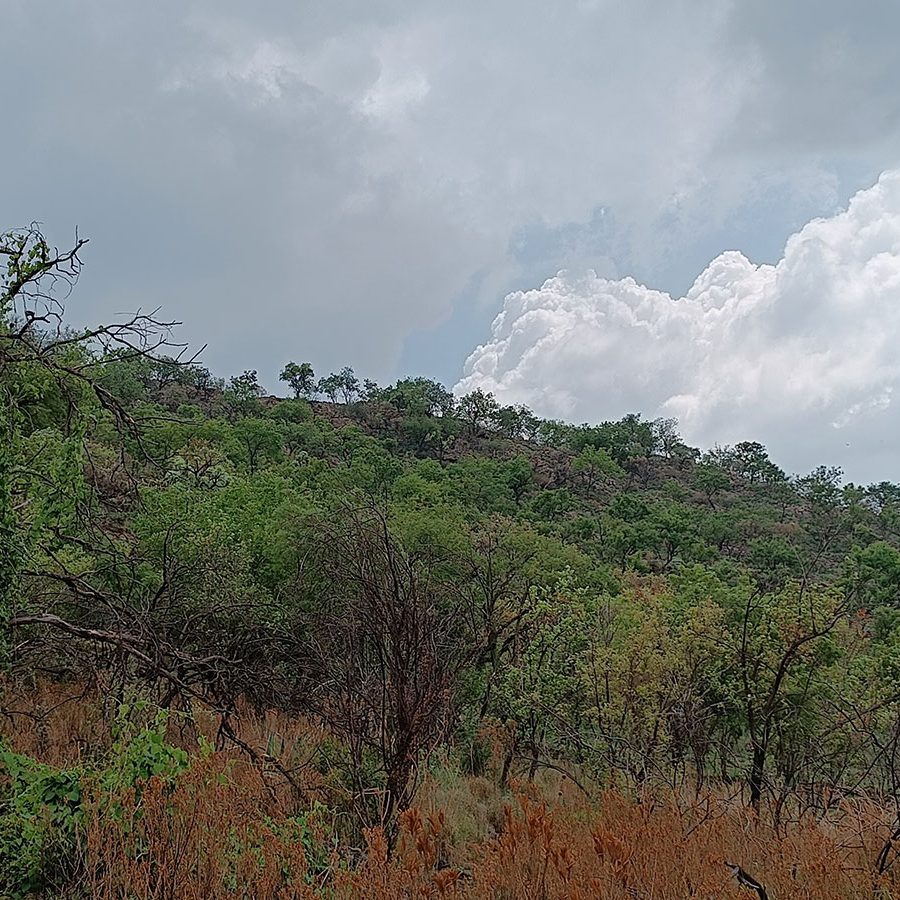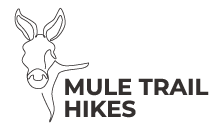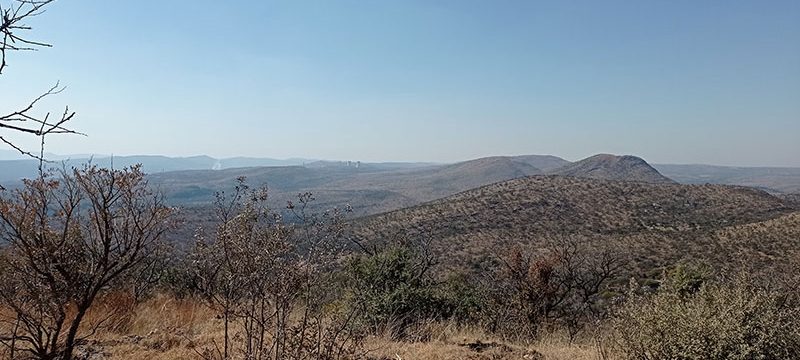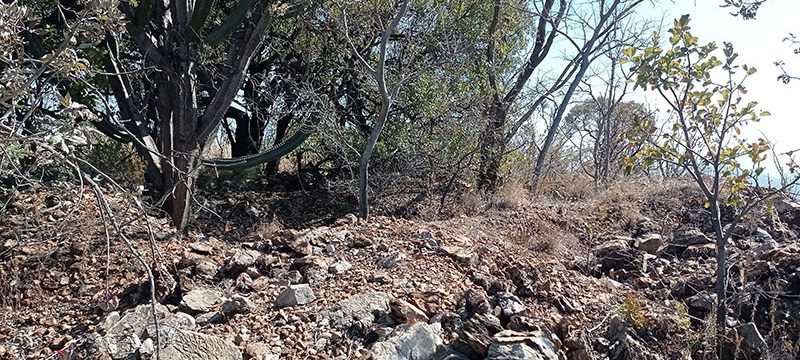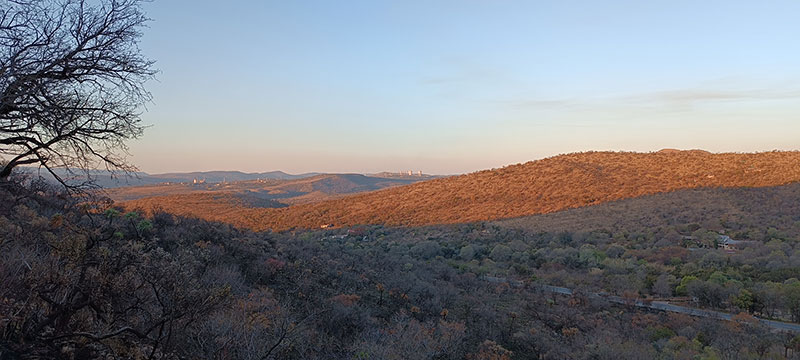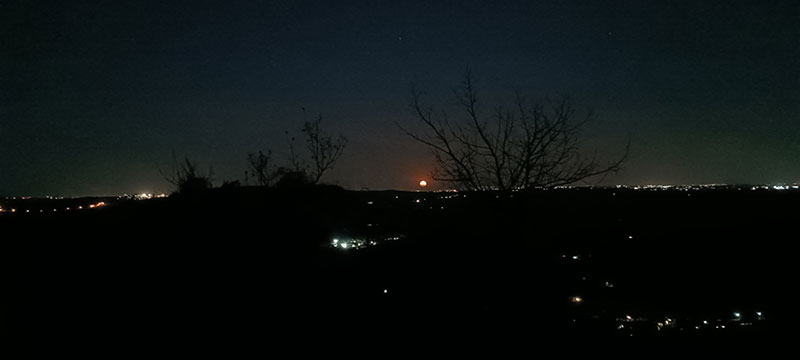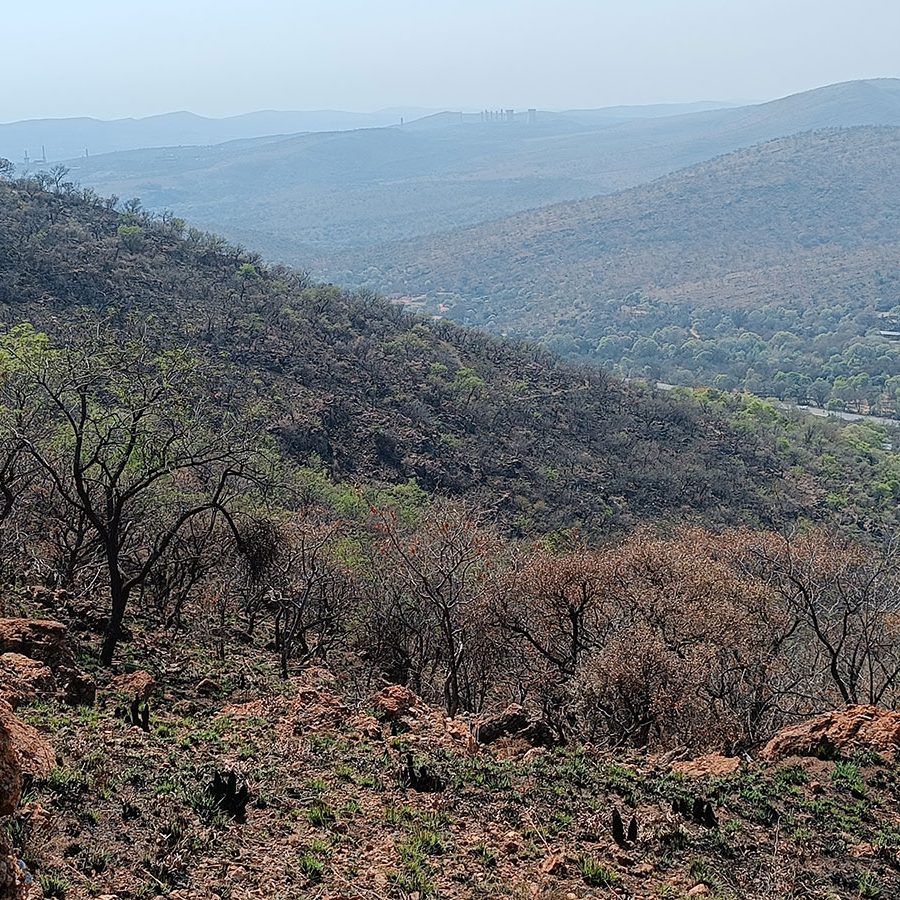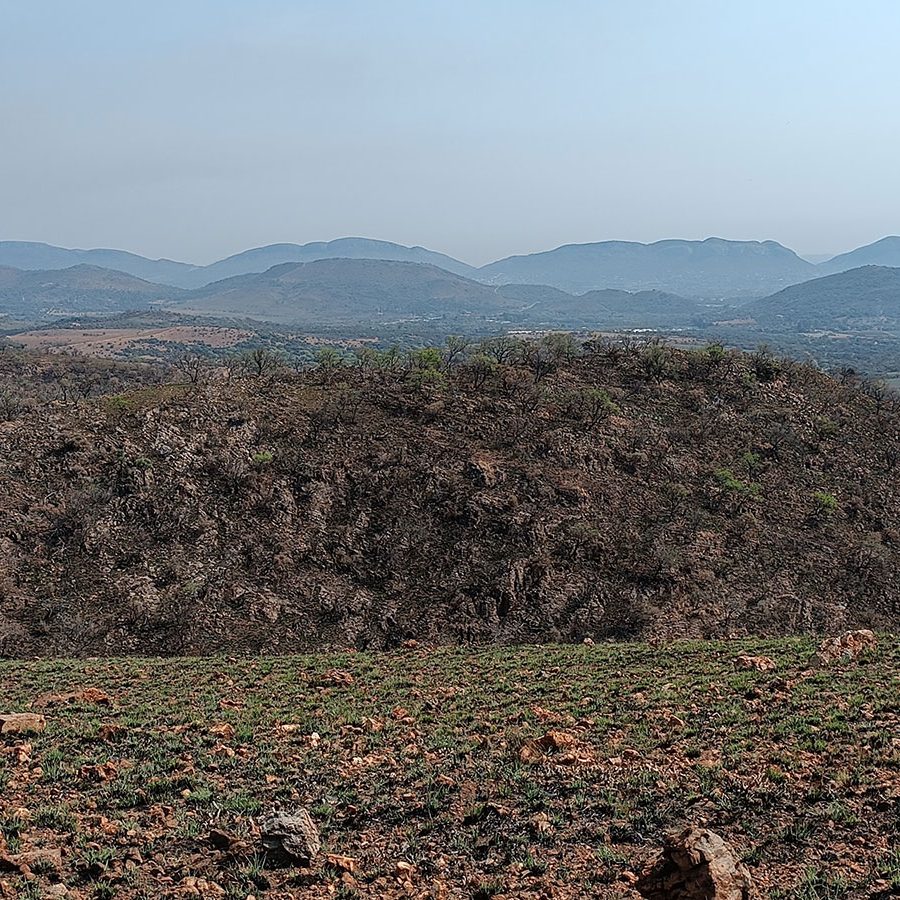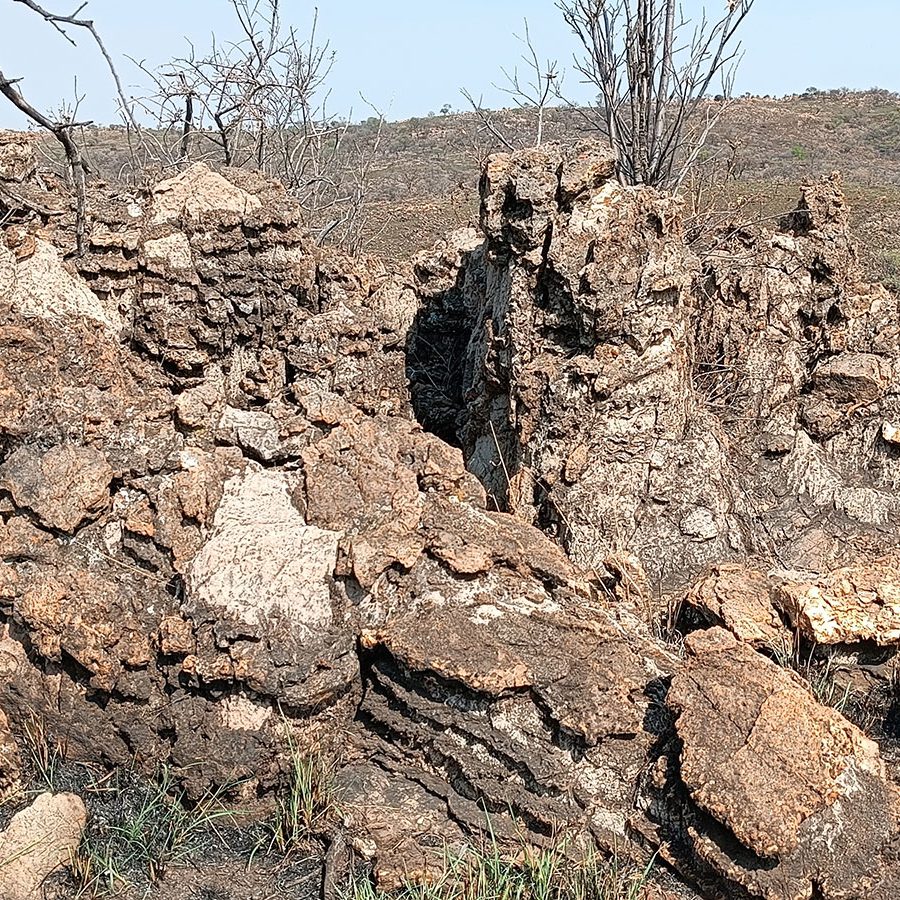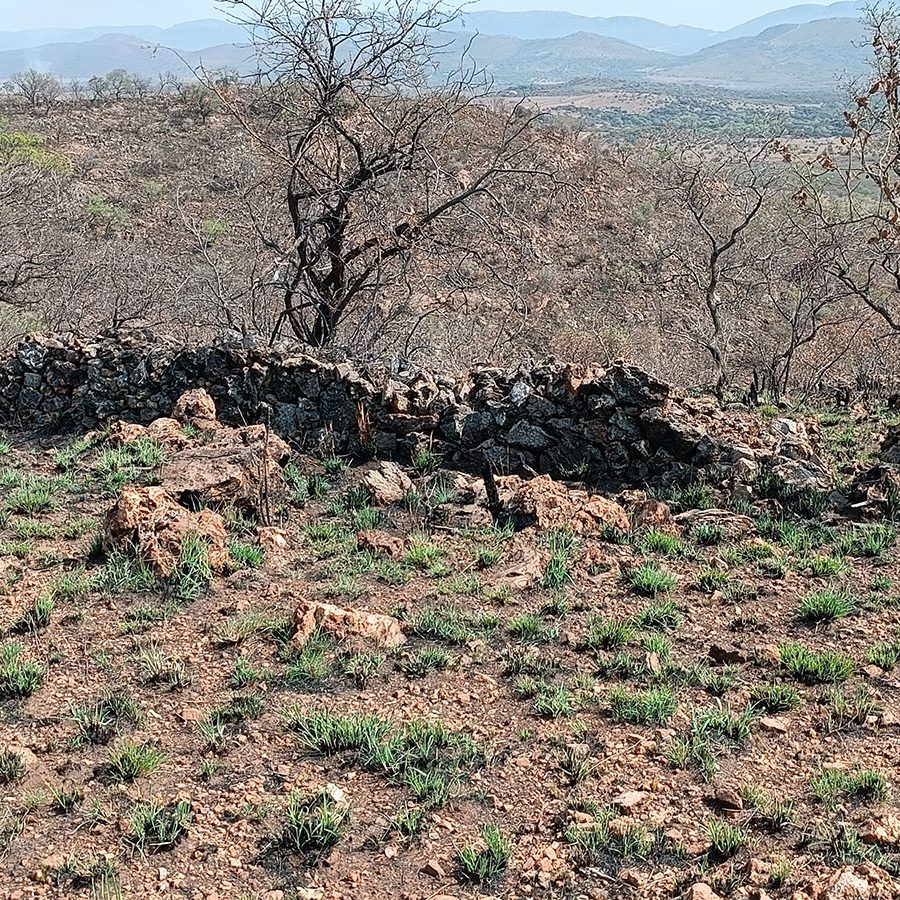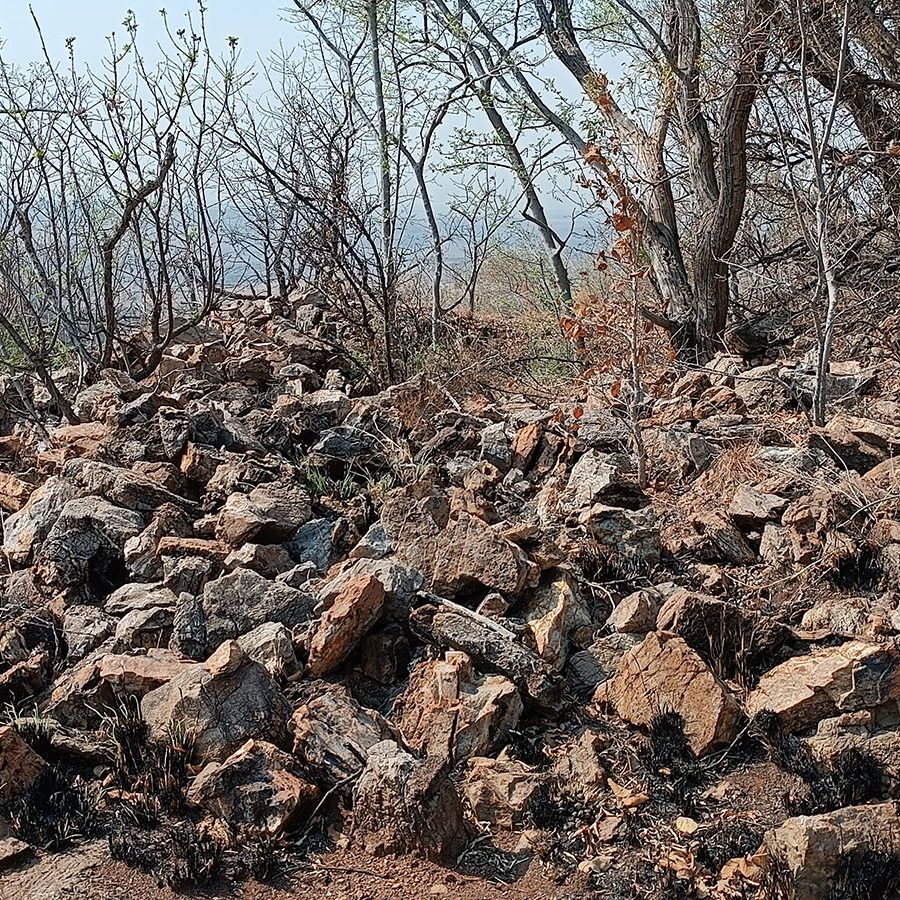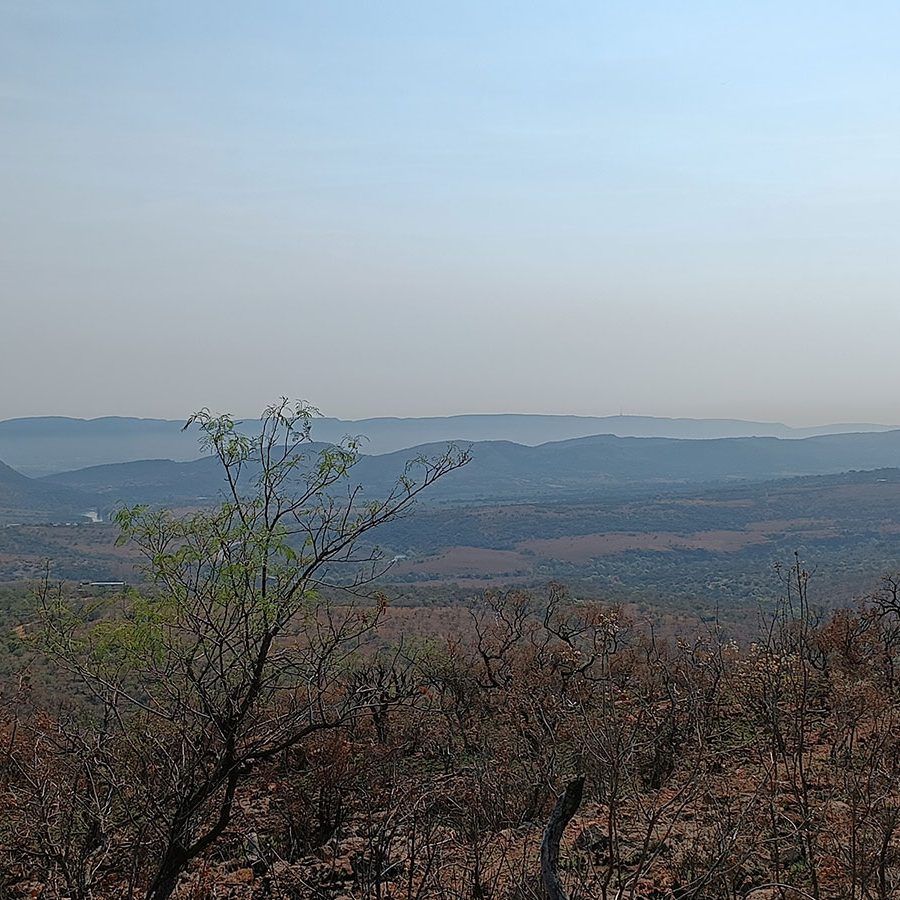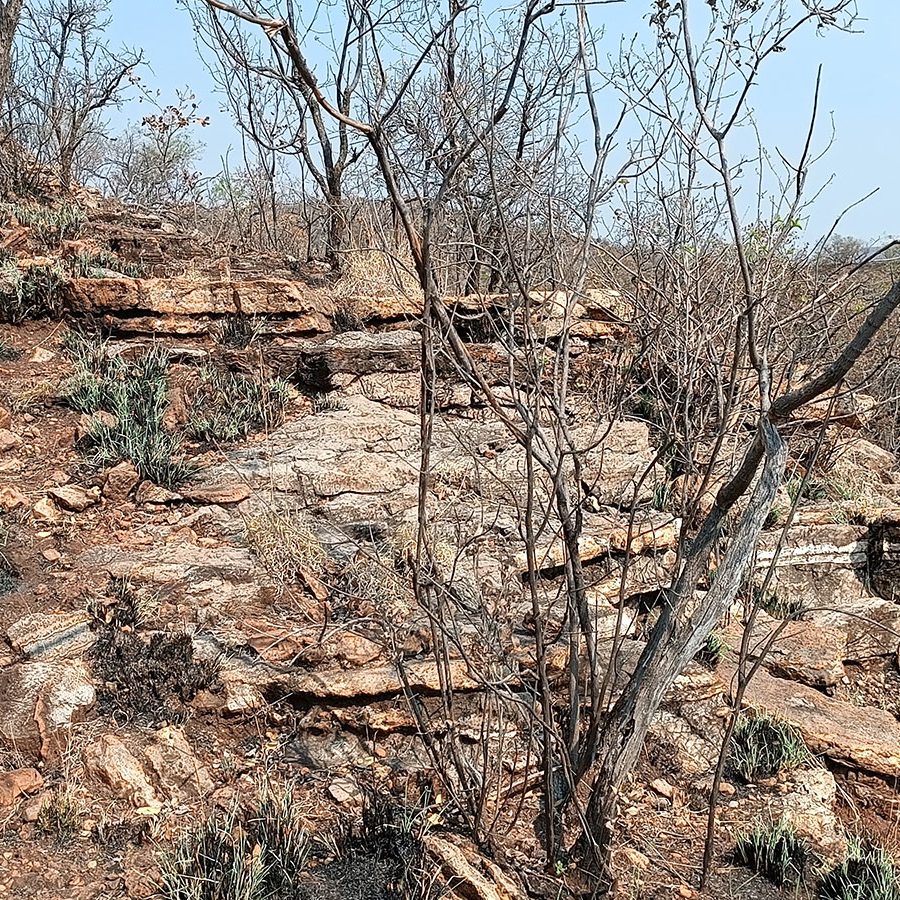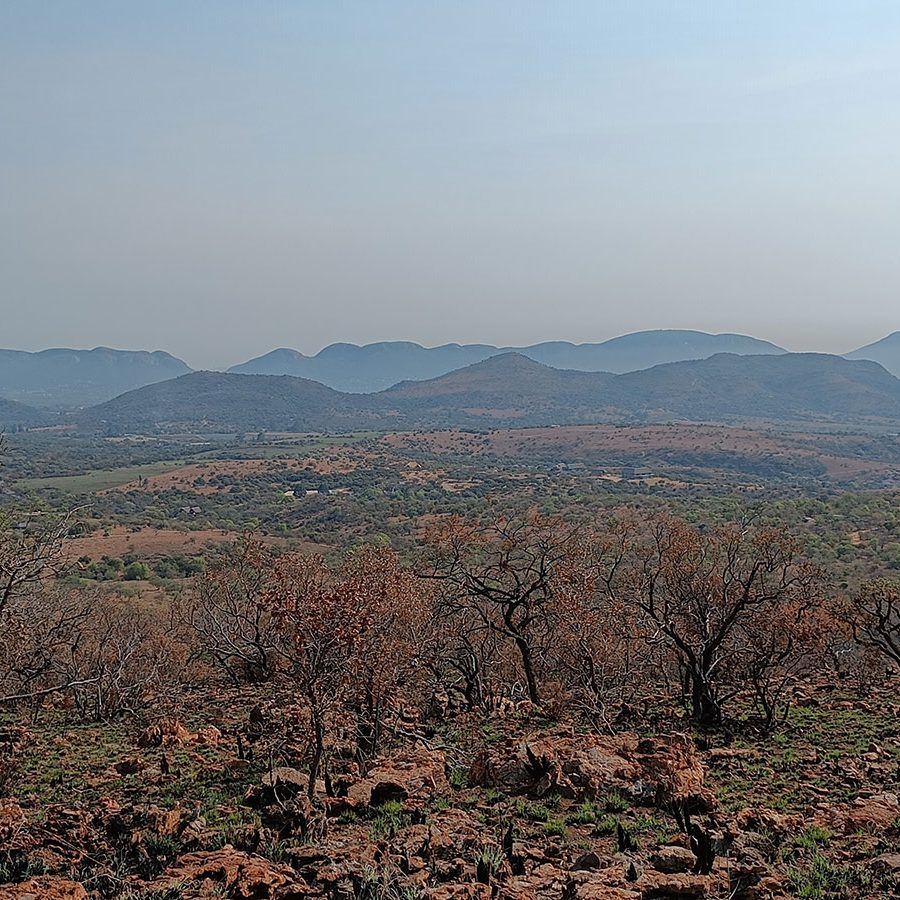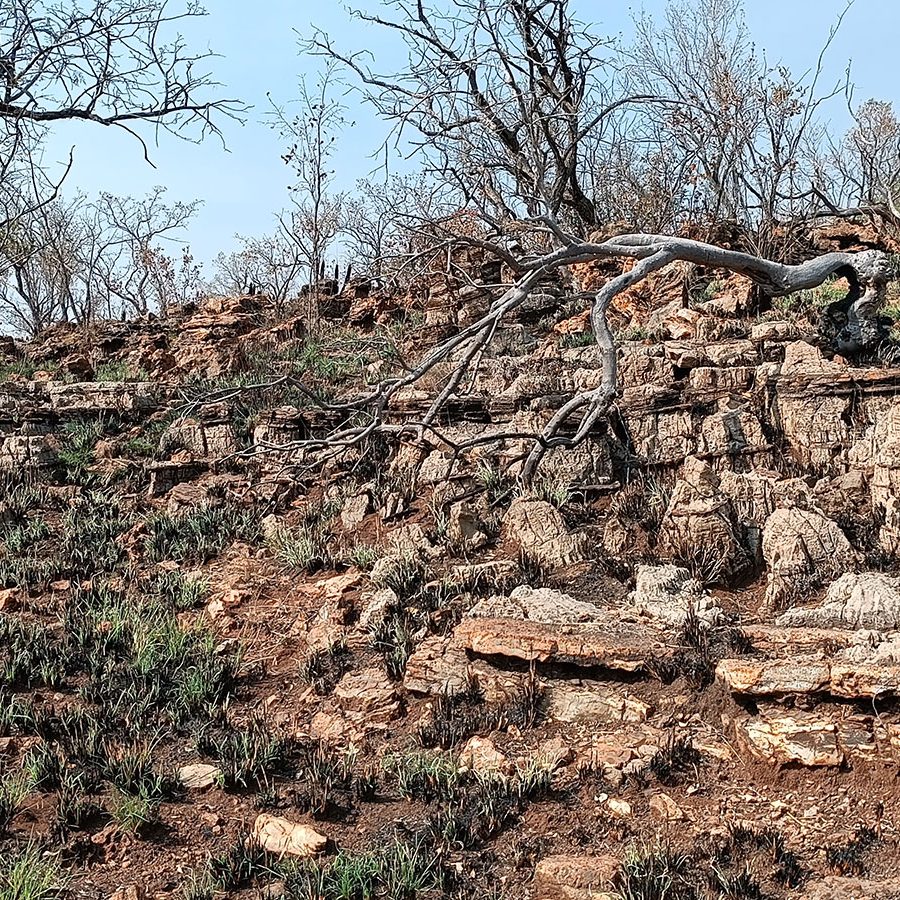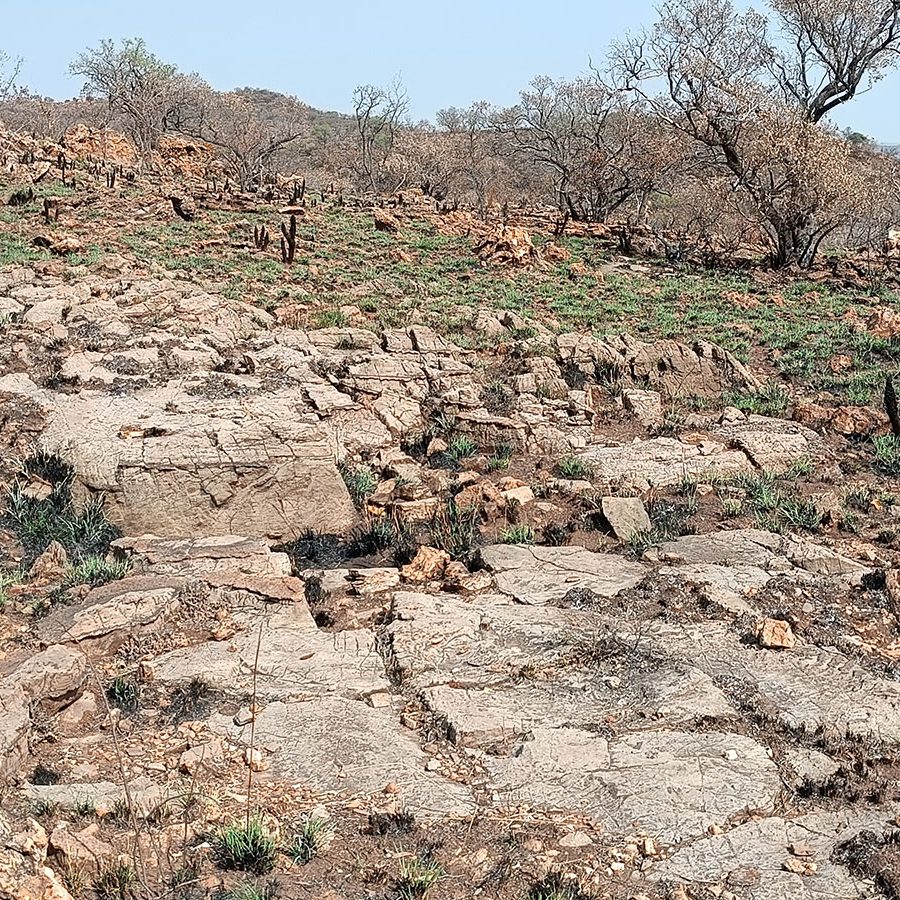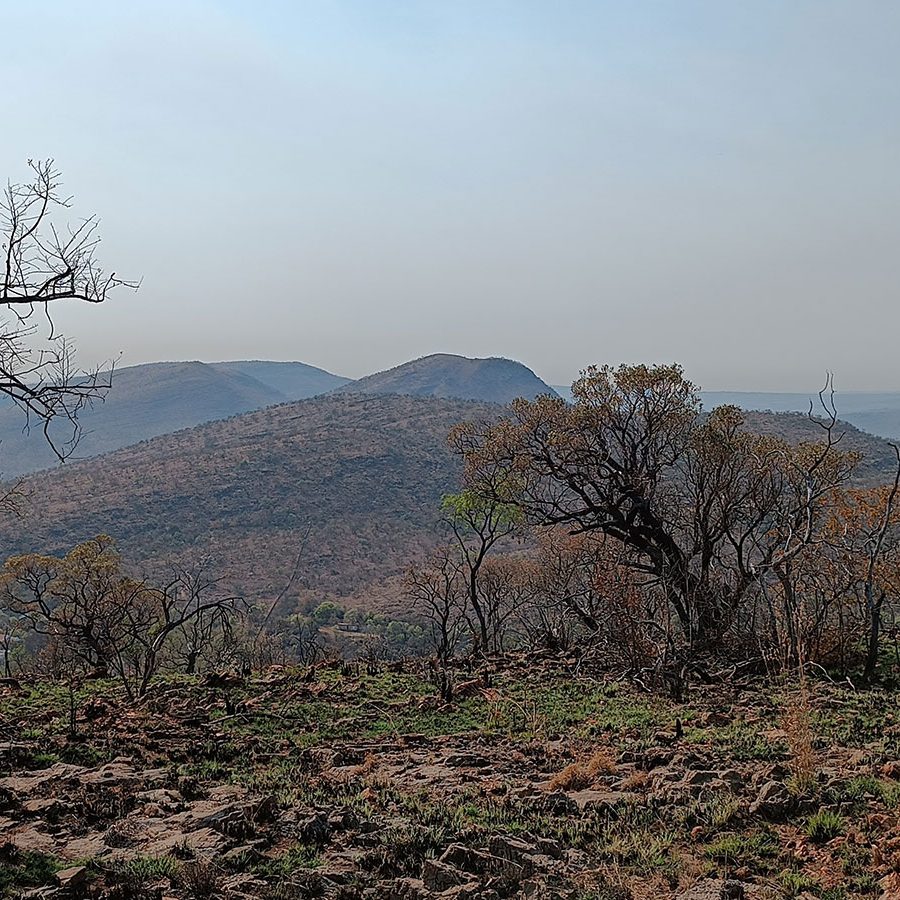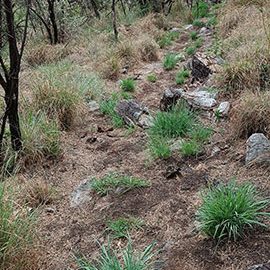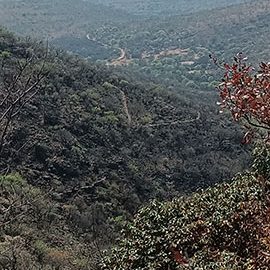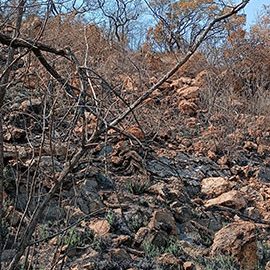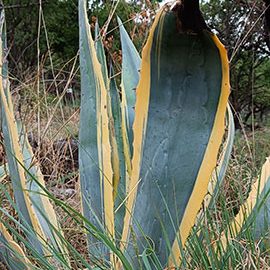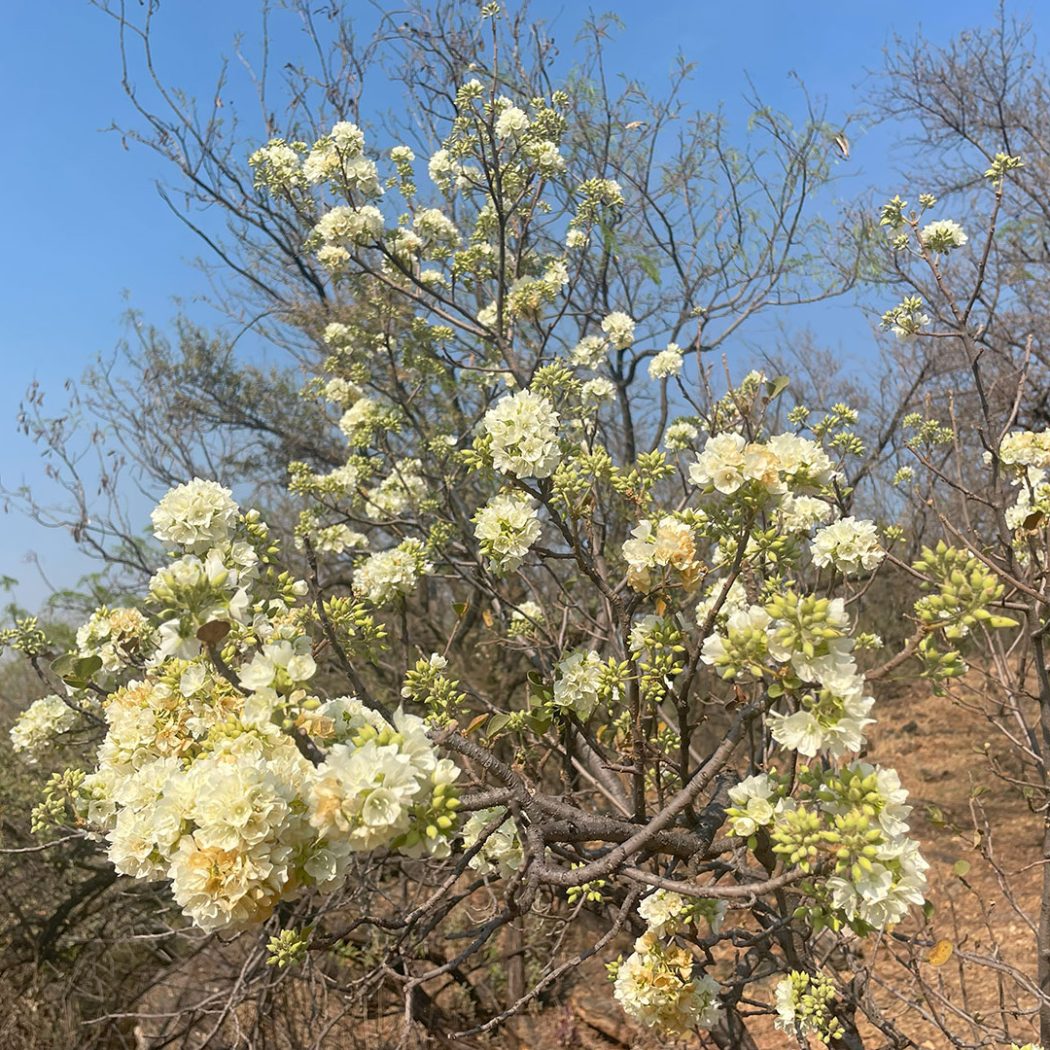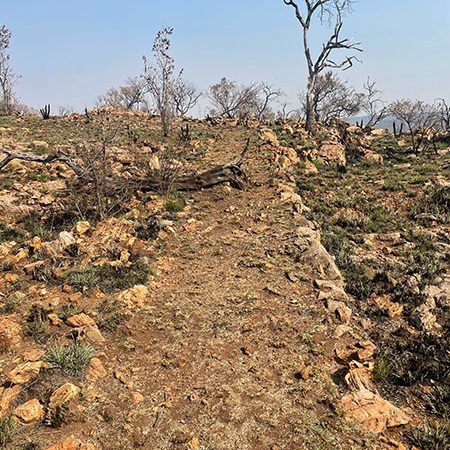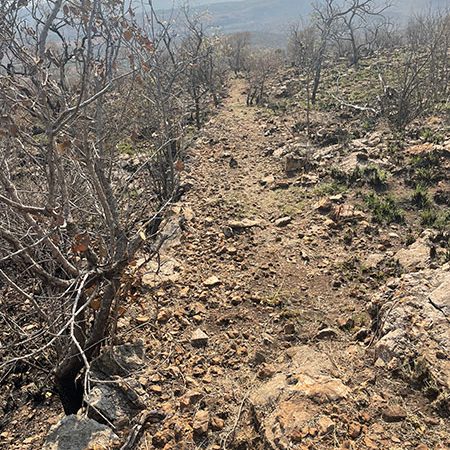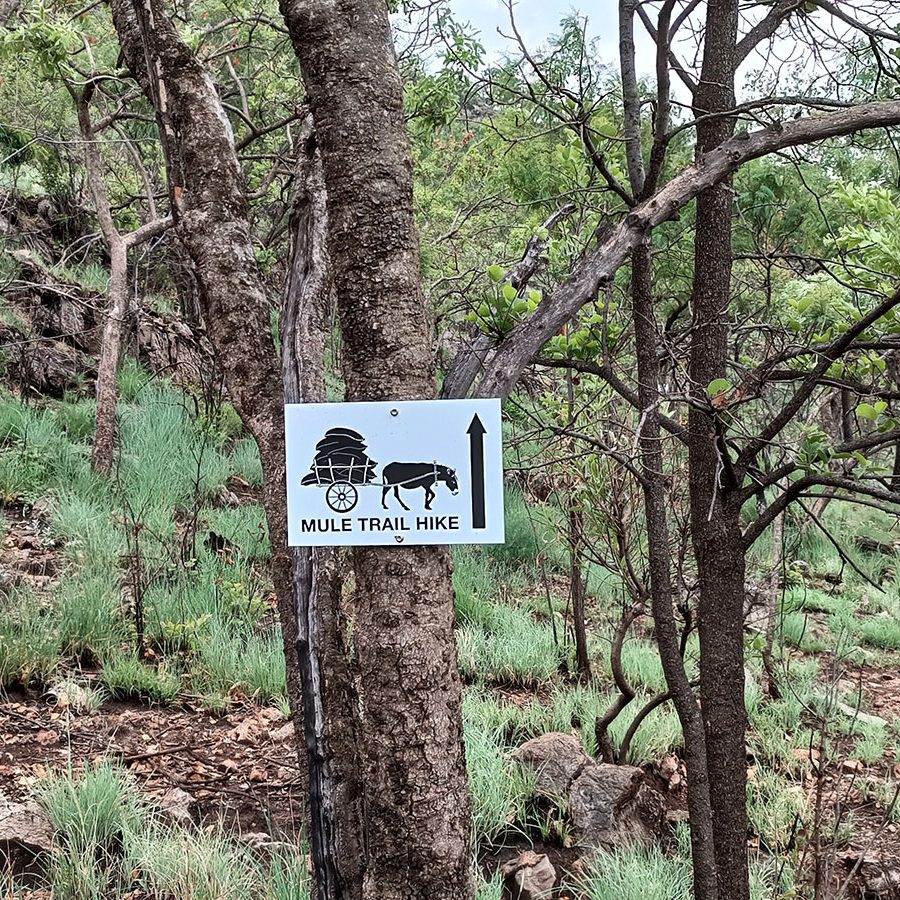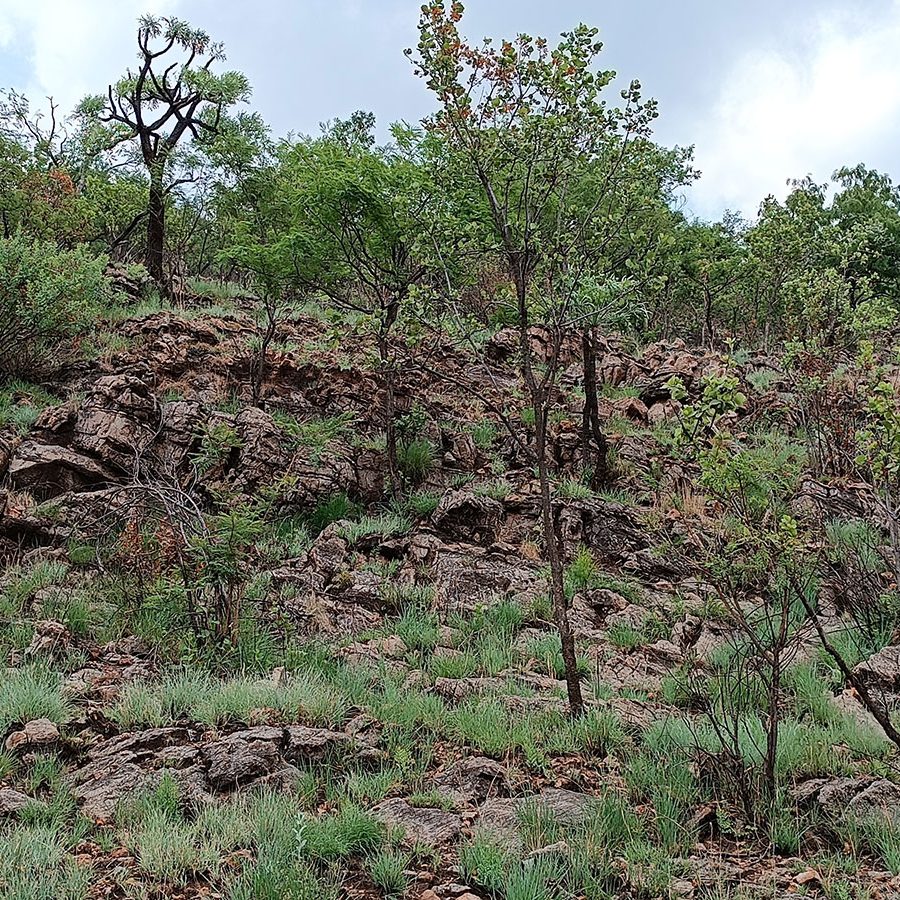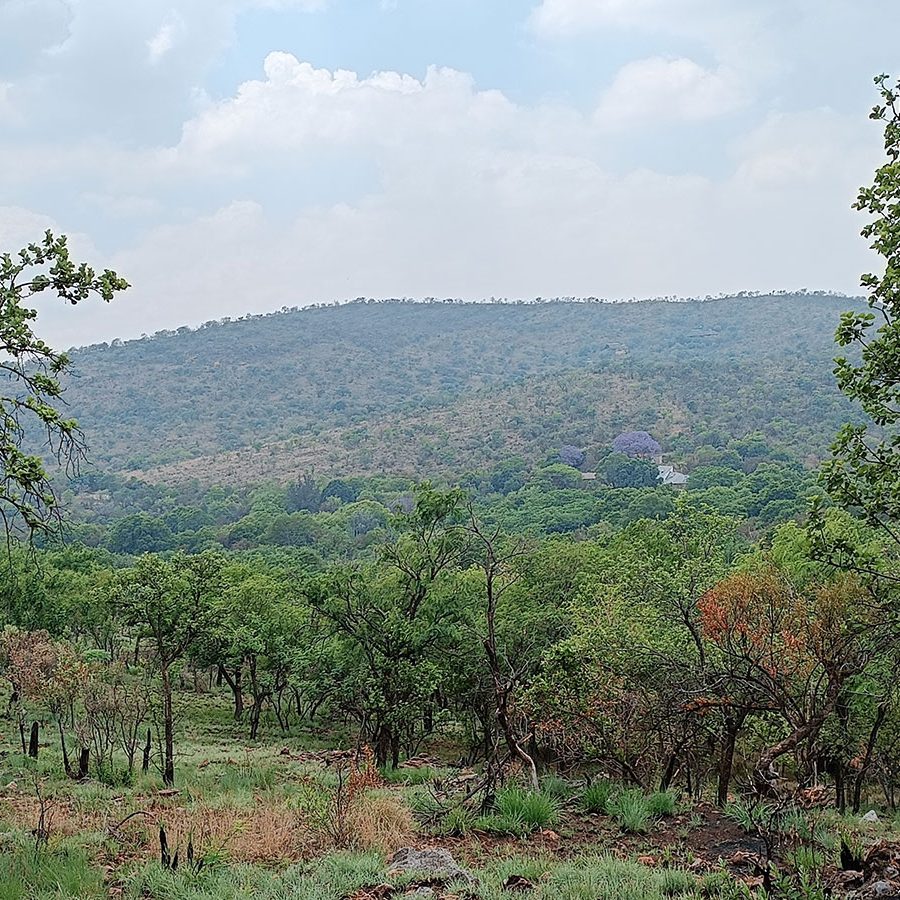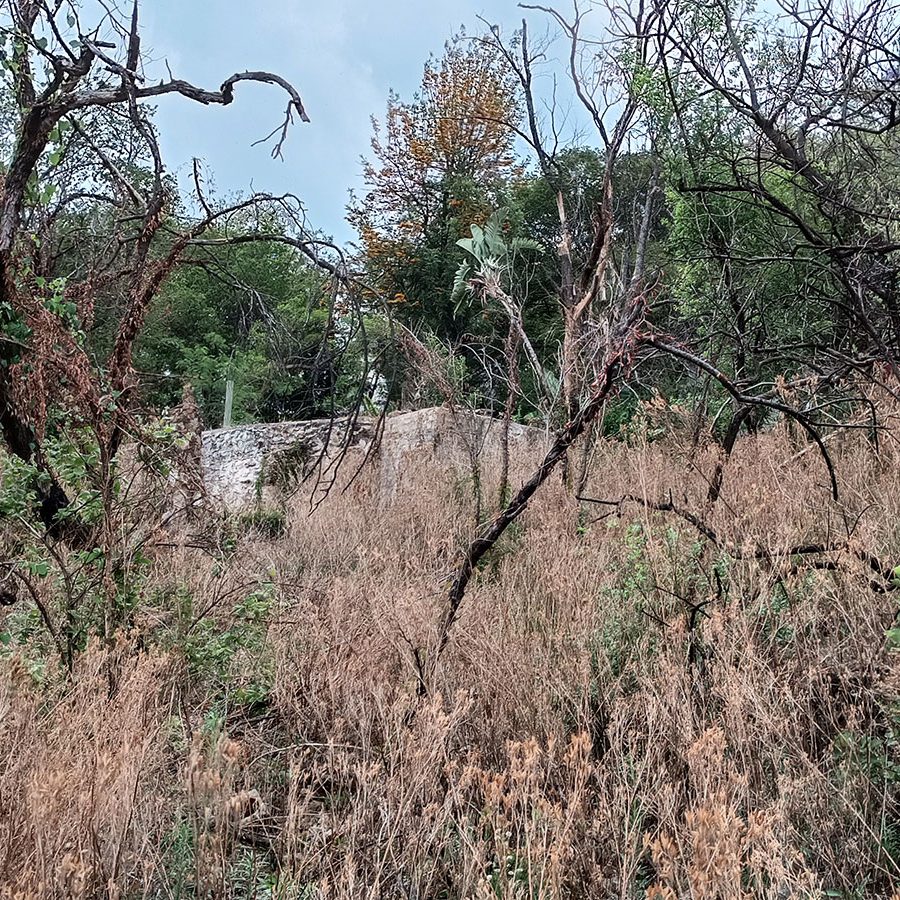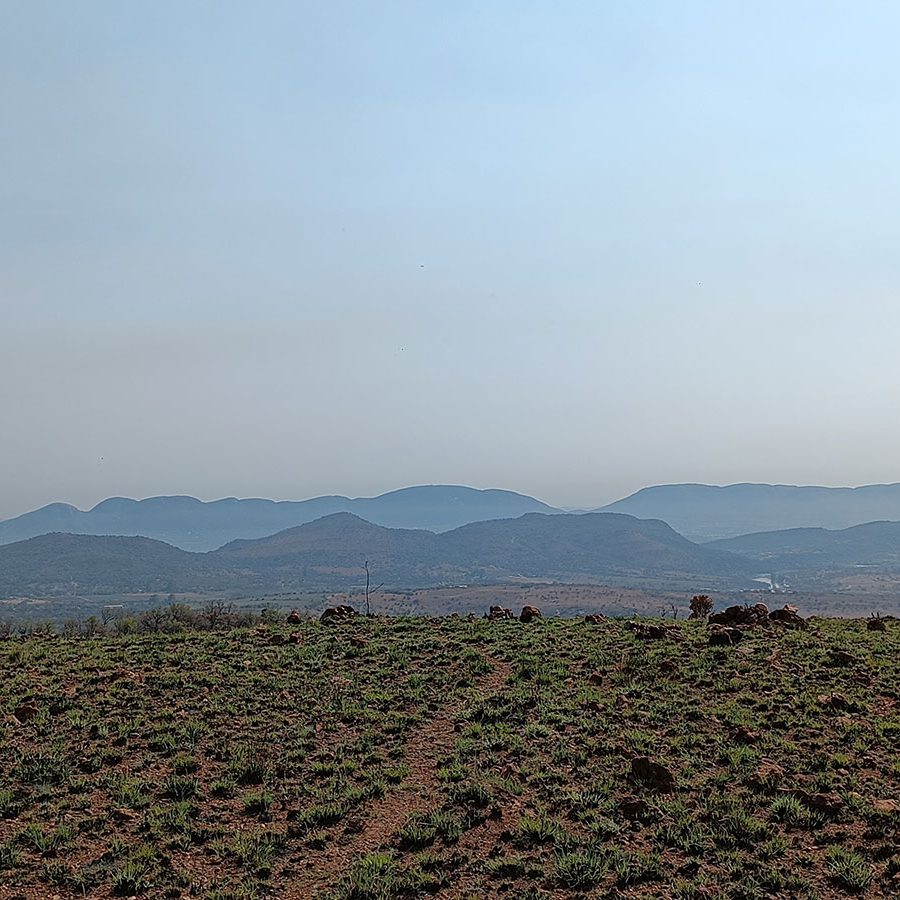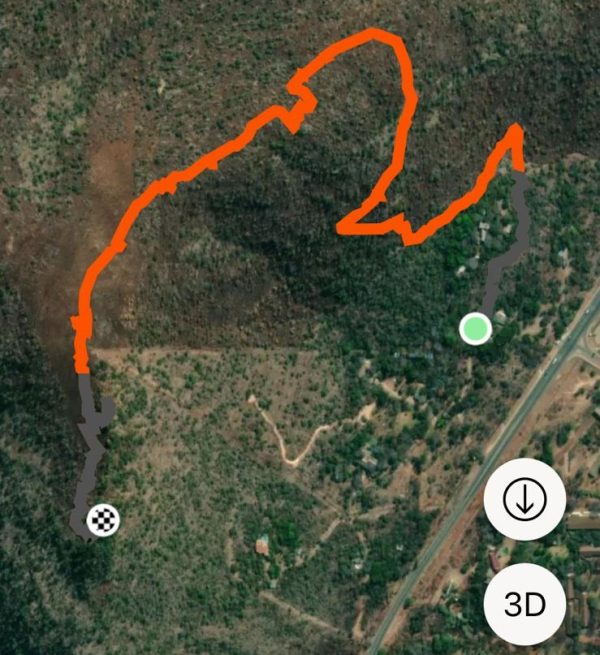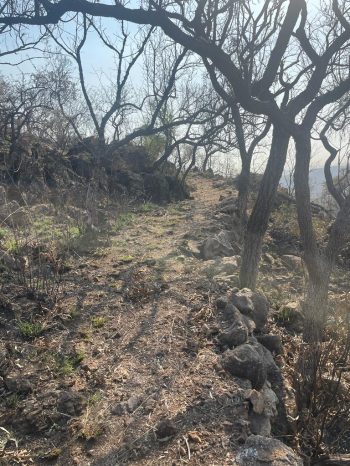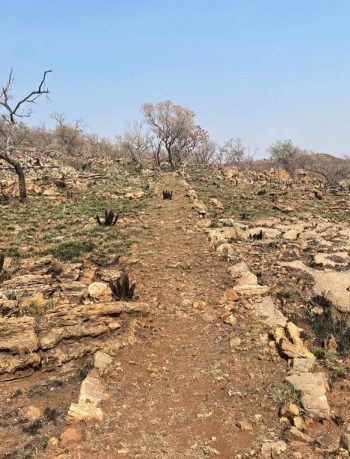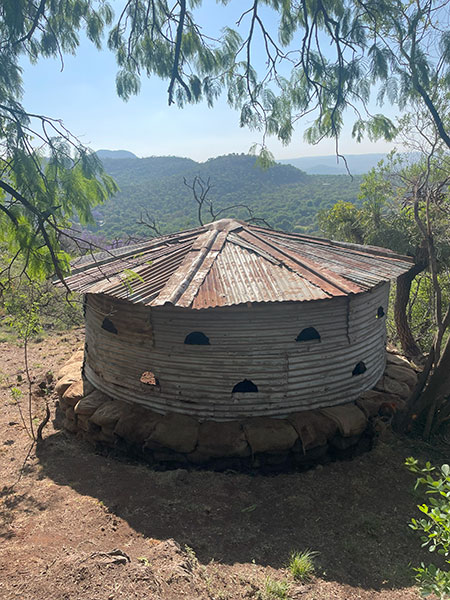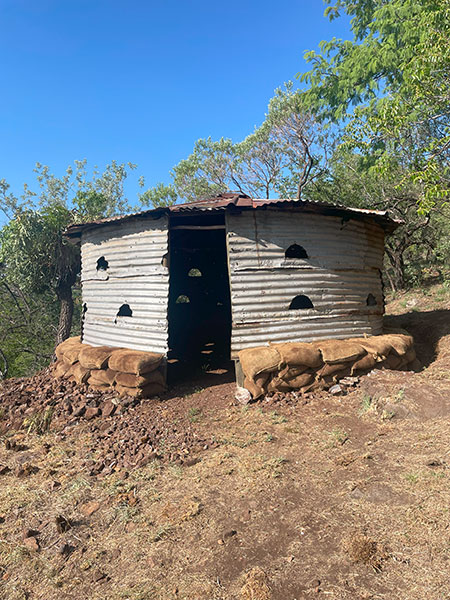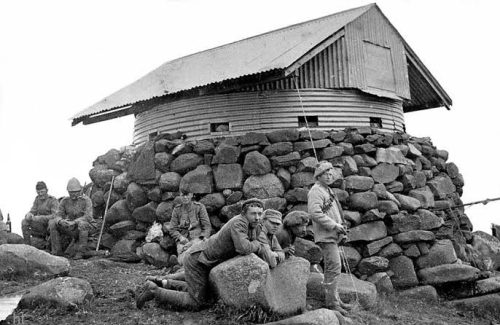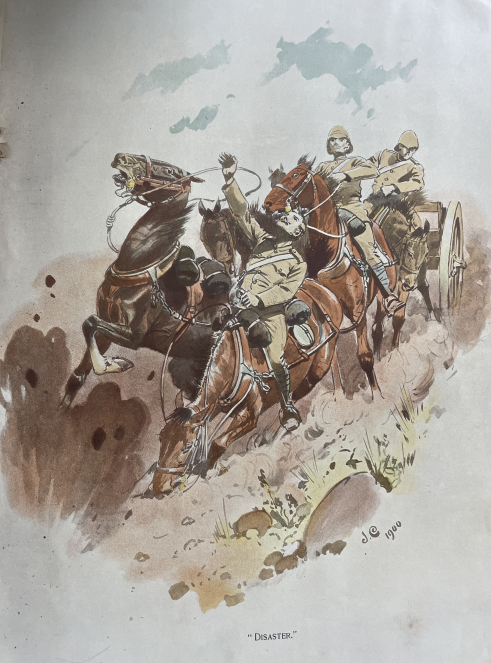A Blockhouse is basically a small fortress which is sited to protect something of importance from enemy attack. It is a building from which the soldiers who live in it, can fight from, and defend both the place they are guarding, and themselves from being shot or blown up.
Why did the British build the Blockhouse here?
After the British loss at the Battle of Kalkhuewel in June 1900 and the Boers retreated from the hilltop, the British realised that the three hilltops and ridge of Kalkhuewel were strategically important to protect as the Kalkhuewel Pass was the closest pass through the mountains connecting Johannesburg to Pretoria via a western route.
During the early stages of the Anglo-Boer War “The Blockhouses” when the Boer Forces had artillery, blockhouses were constructed from stone, quarried, and carved by stone masons, and were imposing structures. Once the British occupied Johannesburg and Pretoria, it was predicted the war would be over, however the Boer Forces continued for another 16 months with a mobile guerrilla campaign. Initially an effective train wrecking tactic was used on the Pretoria to Komatipoort rail line, which forced the need for smaller, cheaper, and quicker to build blockhouses.
